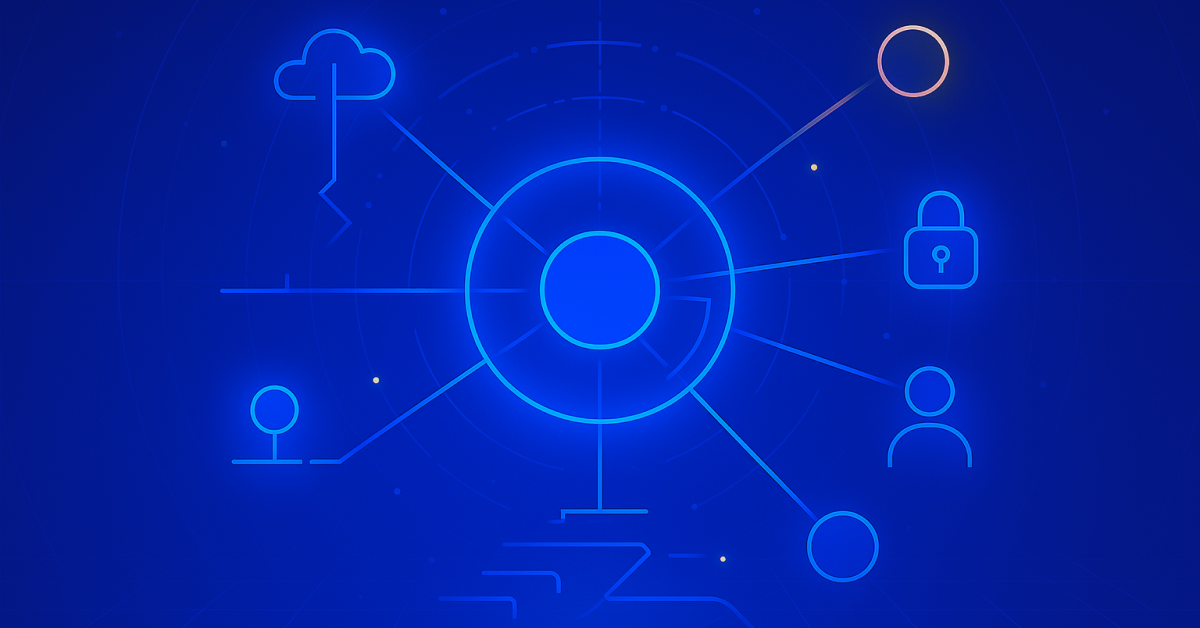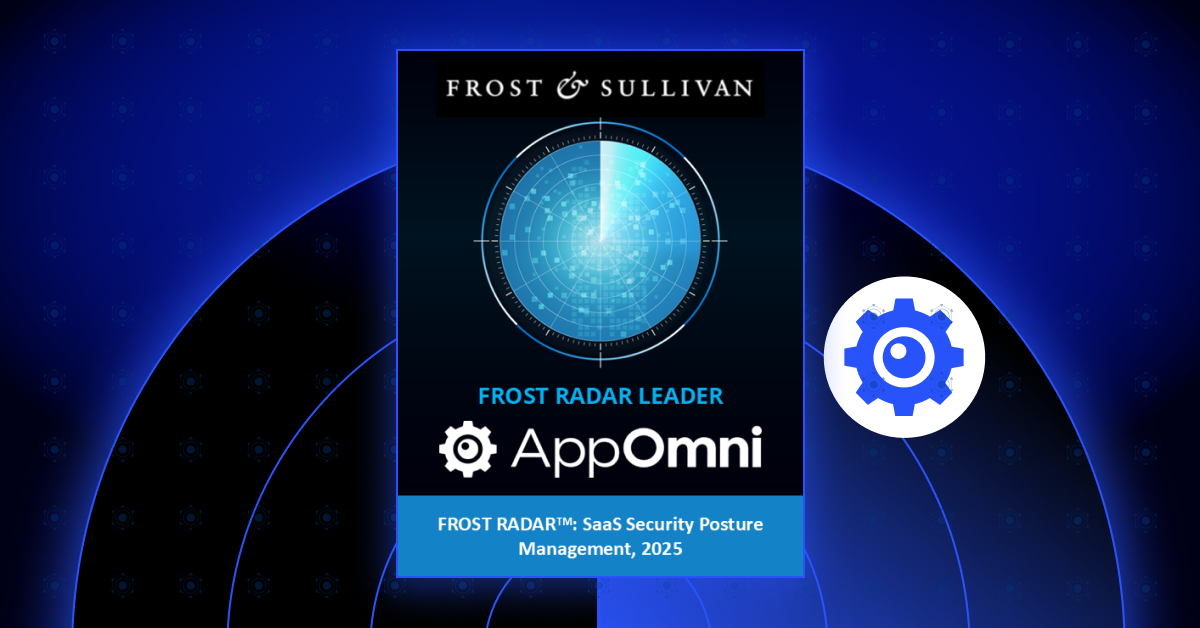Over the past decade, SaaS adoption has exploded. And the SaaS app footprint continues to grow exponentially, with some of our customers using hundreds of SaaS and custom applications built on top of SaaS platforms.
The modern endpoint has effectively transformed into a collection of apps that run on top of a cloud operating system, rather than a singular device on a network. Security must adapt by moving to where the applications and data are. AppOmni is at the forefront of securing these modern application environments.
Due to increased adoption, SaaS applications are now a high-risk attack vector. There have been multiple breaches recently that have taken place through or impacted SaaS applications, from Qlik to Okta to Microsoft. In most cases, organizations lack the visibility and knowledge to appropriately secure these applications, leaving potential security gaps or worse: data exposed to the public.
To further complicate matters, there are hundreds of third-party applications connecting into core enterprise SaaS platforms. These applications create thousands of cloud-to-cloud connections — connections that are often under the radar of the IT or security teams. These large and complex ecosystems, while valuable, create major visibility and management challenges for enterprise security teams tasked with securing their entire SaaS footprint.
Today we unveiled the AppOmni Developer Platform, which extends AppOmni’s SaaS security expertise, insights, and continuous monitoring to any SaaS application, including custom digital applications built for specific enterprise needs. What does this mean? It means that partners, developers, SaaS providers, and customers will be able to leverage the functionality and depth of AppOmni’s SaaS security platform to ensure universal coverage of all SaaS applications. Organizations using the AppOmni Developer Platform can take a more proactive stance against attacks and exploits of SaaS apps. Extending common security capabilities across an organization will improve controls monitoring and configuration drift detection to alert customers if any changes have occurred in an application, which is often a precursor to a full-blown breach.
The best way for organizations to gain visibility into their entire SaaS ecosystem and their comprehensive risk profile is by applying common security capabilities to all of their SaaS applications. Our customers and global strategic integrators have been asking for this capability because there are thousands of applications, including those developed specifically for individual companies or specialized industry use cases, that require security coverage. And the general trend of digital transformation means that the SaaS app footprint and distribution of data is only going to grow.
AppOmni is the industry leader in security-driven coverage of SaaS applications and we’re leading the market again with the AppOmni Developer Platform. No other solution in market provides the depth of security controls analysis, data access and permissions modeling, third-party app assessment, and advanced threat detection for SaaS. With the AppOmni Developer Platform, we’re extending those capabilities universally across all SaaS apps.
Our team’s deep experience as security practitioners and leaders at respected SaaS vendors, cybersecurity and technology companies means we’ve seen enough to know what matters most, as well as how to define the standard for SaaS security now and in the future.
Given the scale with which AppOmni is deployed today, we believe that partnering with our customers and developers is the only way to support the massive ecosystem of SaaS applications they’ve adopted while simultaneously providing the depth of security capabilities our customers require. By making the AppOmni Developer Platform available to partners, customers, and SaaS vendors, AppOmni is forging the path to the future of SaaS security.
Related Resources
-

ServiceNow Agentic AI: What It Means for CISOs, SOC Analysts, SaaS Admins, and Developers
Agentic AI expands ServiceNow risk. Read why securing AI agents matters for CISOs, InfoSec, SOC, admins, and IT leaders.
-

AppOmni Expands AI Security with Agentic AI Security for ServiceNow
See how AppOmni AgentGuard defends ServiceNow AI agents from prompt injection and access risks, building trust and compliance across platforms.
-

Why Frost & Sullivan named AppOmni a Growth & Innovation Leader in the 2025 Frost Radar™ for SSPM
Frost & Sullivan recognized AppOmni’s leadership in SaaS security innovation, highlighting our AI, Zero Trust, and app-level depth.